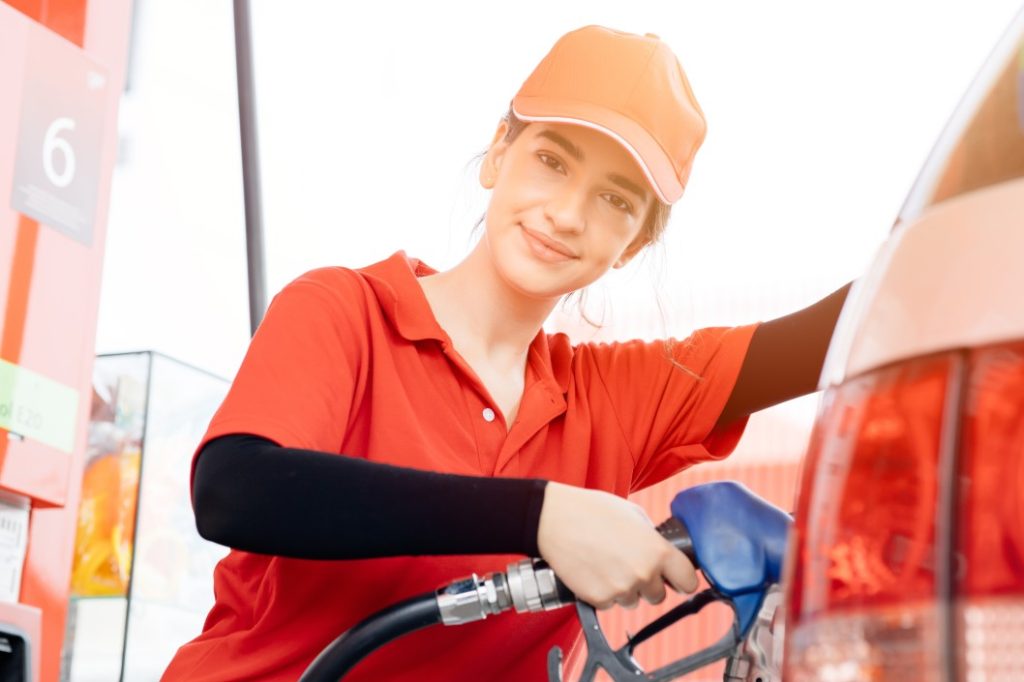More self-serve gas stations could cut costs and combat worker shortages.
Hit the shops these days, and you might well find yourself doing things that ten or twenty years ago a staff member would have done for you. Think scanning your own purchases, withdrawing money from ATMs, or ordering food and drink via table QR codes. The Covid-19 pandemic seems to have accelerated this trend as businesses and consumers tried to reduce face-to-face contact. Indeed, many people see the pandemic as the main reason that yet another job looks poised to be passed from staff to customers: filling up car tanks.
While fuel pump attendants are pretty rare in the UK, they’re seen as so essential in the US that two states - New Jersey and Oregon - actually bar drivers from doing it themselves. Or at least they did. Both have recently considered legislation that would reverse that stance. There are two main reasons: it’s becoming tricky to find enough fuel pump attendants, and big price rises for fuel means drivers and petrol station owners are looking for ways to save money.
The pandemic has led to large labour shortages in America (and other countries), particularly for low-paid roles like pump attendants. Economists’ best guess is that concerns about Covid made people more reluctant to work badly-compensated roles, while at the same time the combination of financial assistance like government stimulus cheques and having fewer options to spend money during lockdowns meant lots more people accumulated enough savings to snub jobs they didn’t want to do. At gas stations, staff shortages have led to longer queues and frustration for drivers. It’s also led to higher prices, as the gas stations up their attendants’ wages in an attempt to attract and retain workers.
This wage pressure on gas prices has then been compounded by two other factors. The first is again pandemic-related: lockdowns and restrictions around the world gummed up supply chains. That means less fuel hitting the market (prices then go up as businesses and customers try to outbid each other for what there is). The second is that the world’s largest oil exporter, Russia, invaded Ukraine. To signal their disapproval America stopped buying Russian fuel, leading to even more supply issues and even higher prices.
Self-serve pumps would allow gas stations to cut their wage bill and therefore lower prices. And because New Jersey and Oregon’s new laws stipulate that there still needs to be some assisted-pumping available, the jobs of the remaining fuel assistants would probably remain secure, and the service would remain available for drivers who really don’t want to pump their own gas.
Of course, that doesn’t mean there won’t be any downsides. Removing the pressure to raise wages might be good for drivers' wallets but it is less good for the fuel attendants' financial wellbeing. The labour market is also likely to cycle back at some point, especially as pandemic concerns fade and savings dry up, and self-serve pumps may mean fewer jobs are available if/when people do need them. Finally, data from decades of self-checkout machines in shops suggest that removing staff from the equation tends to sharply decrease customer satisfaction and sharply increase overall theft - apparently people feel much more guilty about snaffling something if they’re locking eyes with an actual human rather than a hunk of inanimate metal.
Read our explainer on: the labour market.

